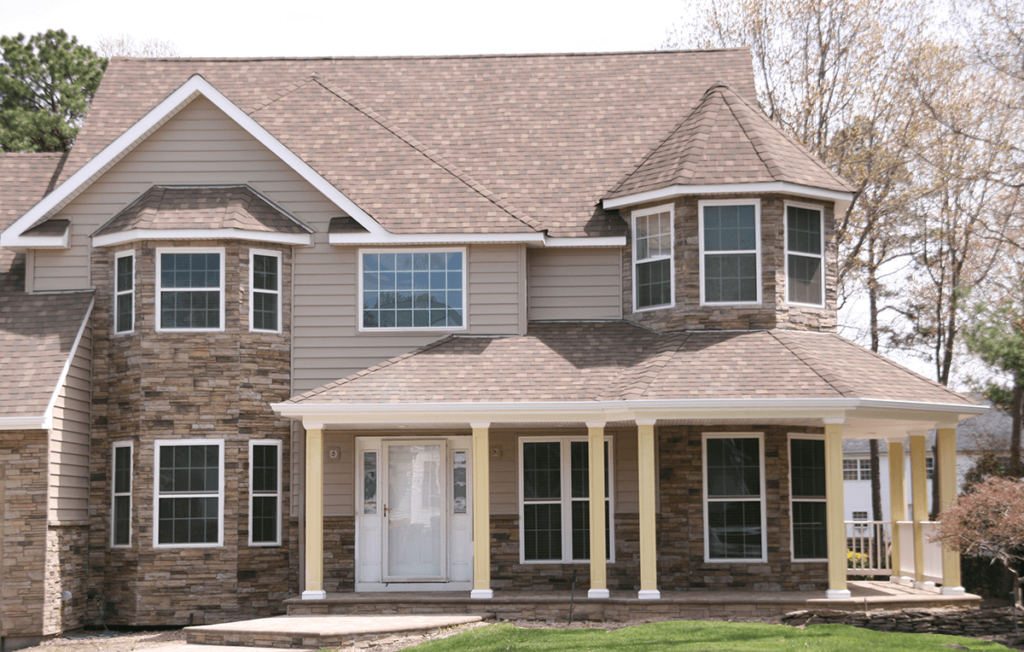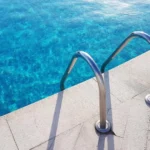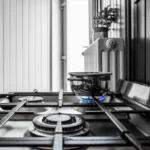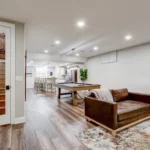Whether you’re looking at siding options because your old siding desperately needs to be replaced or because you’re ready to give the exterior of your house a makeover, you’ll want to take the time to consider which material best meets your needs.
It’s not always an easy decision to choose a material. While it can be fun to consider how a certain type of siding will change the appearance of your house, you have to take other factors into consideration as well. You’ll need to choose a material that is within your budget, is engineered for your climate, and is structurally sound. You’ll also want to consider the reliability of the material and what sort of warranty the product offers.
Below are some common types of house siding and what they have to offer.
Vinyl
A popular choice for most homes, vinyl has a number of positive features. Vinyl siding comes in dozens of color options and textures. Manufacturing techniques allow vinyl to mimic wood-grain siding and stone, so you have plenty of options even if you don’t like the classic vinyl look.
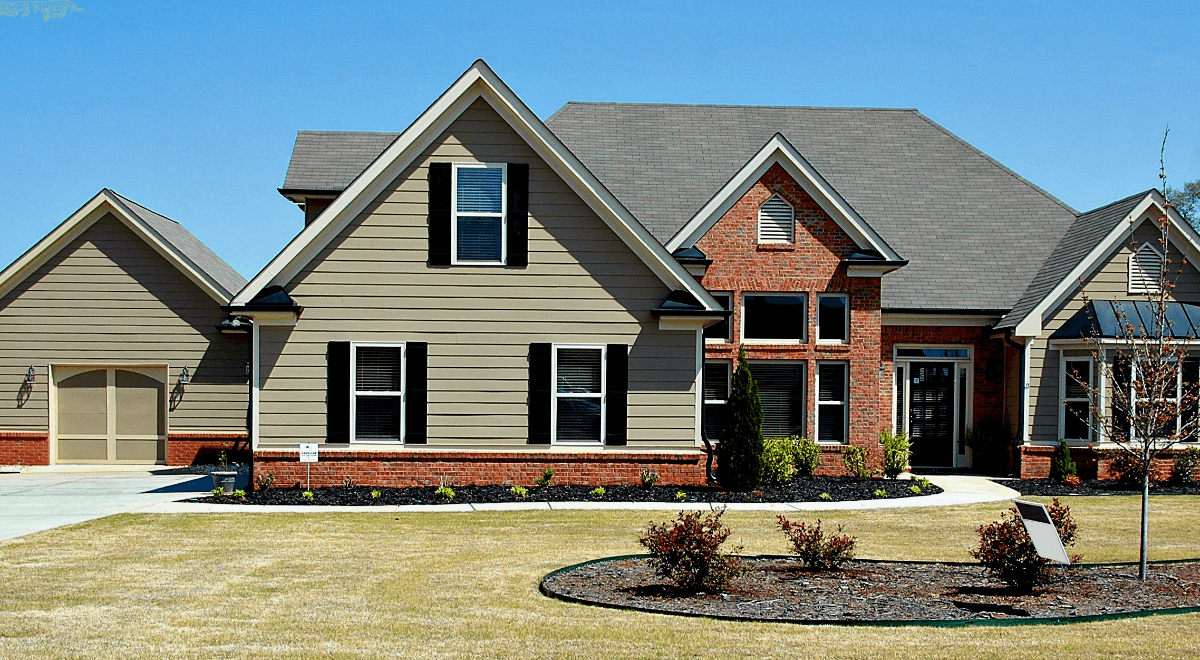
It is very easy to maintain because dirt washes right off and it never needs to be painted. The entire product is already colored, so it will never flake, chip, or scratch like a painted material would. It’s also easy to install and can be placed over existing house materials.
Newer types of vinyl siding are also insulated, which can help make your home more energy-efficient.
Synthetic Stone
This material mimics a number of stone types, including granite and limestone. It looks like real stone but is cheaper and lightweight.
Even though it is cheaper than real stone, it is still one of the more costly material options. It’s more commonly used as an accent for the lower portion of walls or chimneys. If done correctly, it can add a really big wow-factor to the exterior of your home.
Aluminum
Look at aluminum for siding if you want a material that is cost-efficient and easy to maintain. Aluminum is one of the cheapest house siding material options and it can last over 50 years if maintained correctly. There are a variety of colors and textures available, though aluminum frequently mimics wood siding.

To maintain aluminum, you’ll need to power-wash it, check to make sure there is no debris stuck along seams, and repaint it once it starts to fade.
Aluminum siding is a popular choice for areas that have frequent brush fires because the metal is non-flammable. It doesn’t ignite, burn, melt, or emit dangerous fumes. The thicker your aluminum siding, the more durable it will be.
Wood
Wood siding is classic and beautiful. There are a variety of grades available and you can finish the siding however you would like. Depending on the grade and the look you’re hoping to achieve, you can use a clear sealer, semi-transparent stain, or paint.
Wood does require more maintenance than other types of siding. You’ll regularly need to refinish the siding, which can be costly. Without regular maintenance, wood siding will eventually begin to rot, which can cause water damage to the interior of your house. If maintained correctly, wood siding can last up to 100 years.
Another positive of wood is that it is biodegradable and great for the environment. Once a homeowner is done with wood siding, the material will decay over time.
Brick Veneer
Brick has been used for hundreds of years. Genuine brick can last centuries and will not decay. However, brick can be extremely pricey and a genuine brick house can be hard to construct.
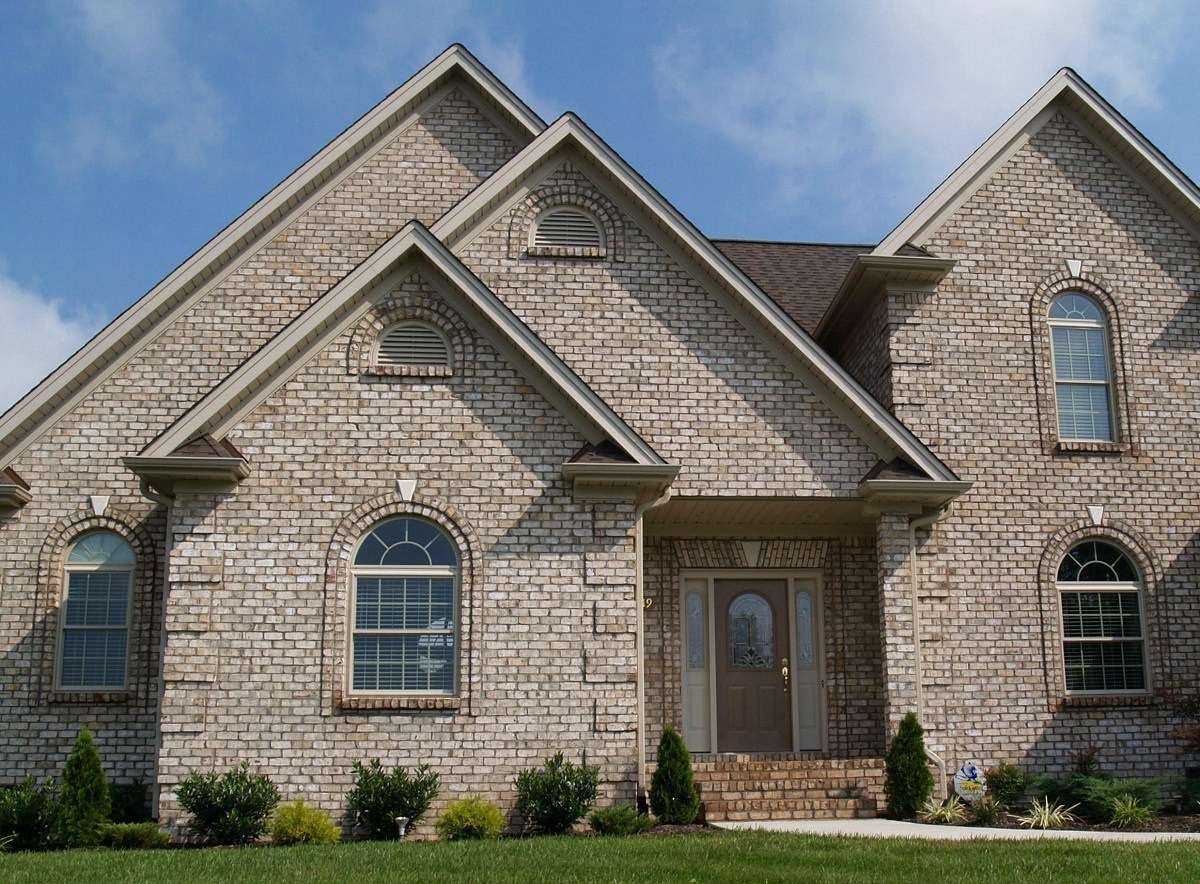
That’s why most people use a brick veneer structure instead. Unlike brick, brick veneer can be installed at any time because it forms an exterior layer around the home. It’s also more affordable. Brick veneer requires little maintenance since it doesn’t need to be painted. It is a durable, fire-proof material.
Fiber Cement
Fiber cement siding is increasing in popularity because it is affordable, durable, and easy to maintain. Plus, it looks really nice! This siding is a mix of wood pulp and cement. It frequently mimics the look of wood clapboard or shingles and can be painted or stained.
It does require regular maintenance. You’ll need to paint the material every few years, wash it down regularly, and occasionally caulk. Caulking is important because this material tends to hold moisture, which can eventually lead to rot and mold problems.
It is, however, easier to maintain than wood siding. If taken care of properly, fiber cement material can last up to 50 years.
